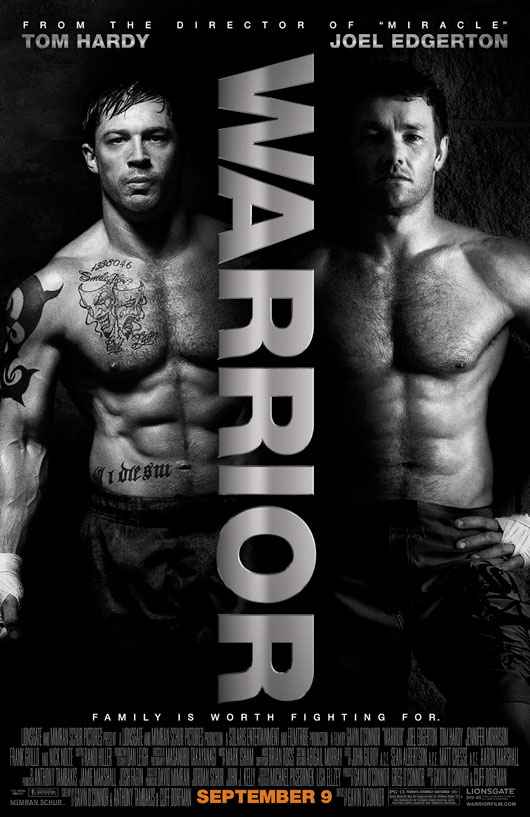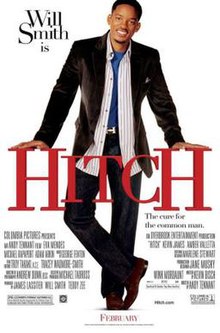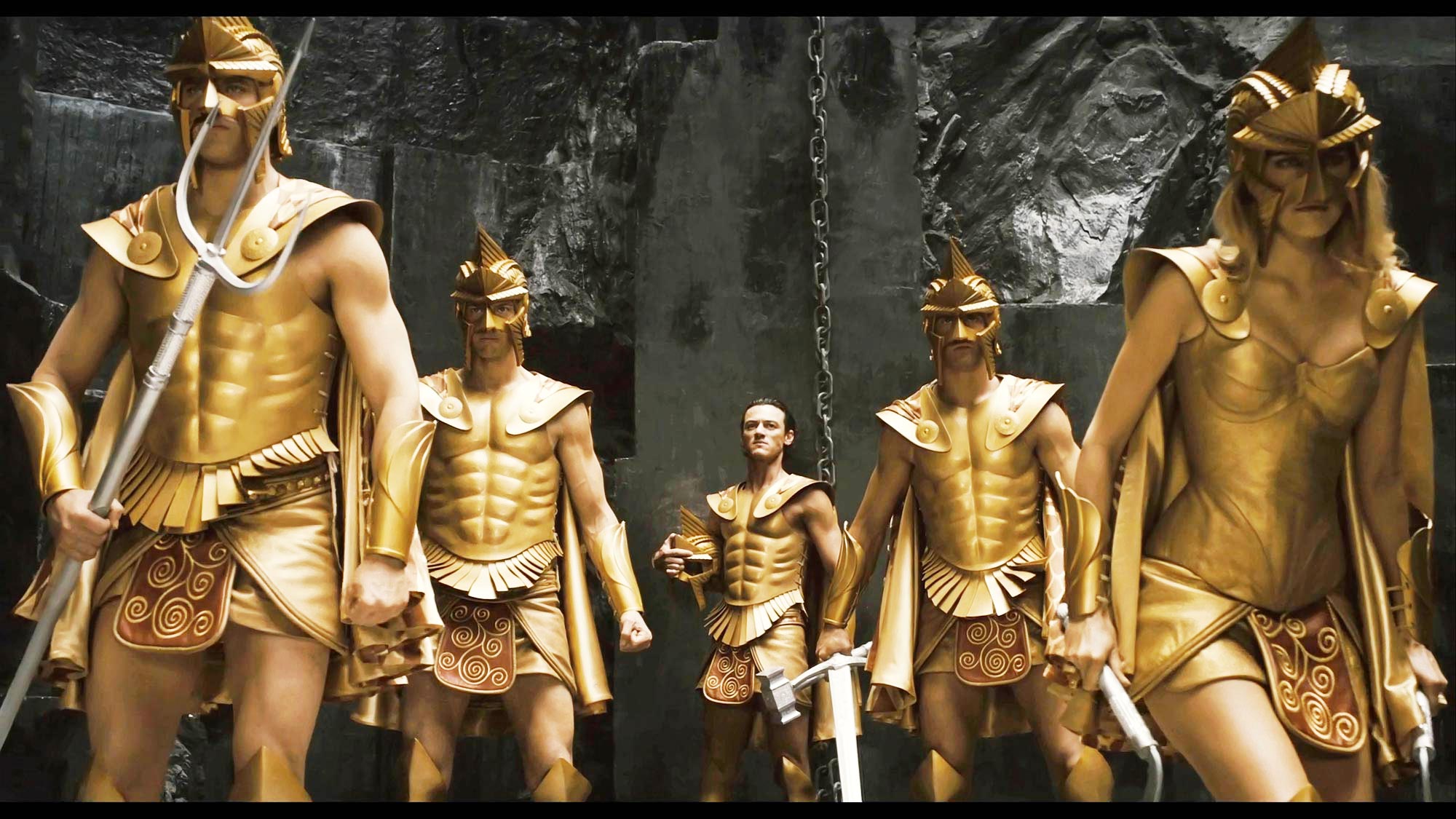1. Ideology originates from politics and economics. Ideology is a certain set of beliefs. Ideology comes in the two forms of explicit and implicit. Explicit ideology is when the beliefs portrayed in the film are obvious. Implicit ideology is when the beliefs become debatable in the film, and beliefs are not obvious. The ideology must be examined through reason and arguments.
2. Jason Statham has a predictable ideological package of a man who always manages to attain revenge on those who harm him or his allies. Some of his highly action packed films are: The Transporter, Collateral, Crank, War, Death Race, The Expendables, Blitz, The Mechanic, and Killer Elite. In the Mechanic he played a role as one of the best assassins in the world. He raised young man to become just like him. The young man almost killed him, but Statham was able kill the man. Jason Statham’s typical characters can be described as: violent, fierce, calm, dangerous, and ruthless. His next role will have him as an expert killer. He will fight many people to overcome a challenge and will succeed.
3. A film that I have recently enjoyed was the movie Source Code. My favorite character in this film was Colleen Goodwin played by Vera Farmiga. I liked that the director drastically developed the character of Goodwin. She remains calm and collected whenever speaking to Colter, and only wants to fulfill her job. She becomes empathetic toward Colter, for she notices his suffering in being used as a tool. Her empathy causes her to fulfill Colter’s wish by killing him, and allowing him to live in a parallel universe. The values I am being asked to share are the importance of human empathy for one another. My feelings are being manipulated due to the slow cuts, and meticulous music as Goodwin kills Colter. The artistic consequence is that the movie is forced to have a happy ending. There is little financial consequence, for most people will see the movie because of its happy ending.
4. Ideologies change the way a narrative is presented to its audience as the time and era changes. This is because human ideology, values, and morals are constantly changing. The film The Graduate made in the 1960s was controversial for its time. People were not used to love interests between older women and younger men. Many people were conservative and rejected the nudity. If the movie was shown now, people would not reject it. The modern era is less conservative. It has become normal to have movies that contain nudity and sex scenes.
5. I do feel that films can affect you and your behavior without being conscience of it. Ever since I was little I have watched many a Disney feature. These movies contain morals, and values that teach children right from wrong, bad guys from good guys. When examining the film Friend with Benefits the initial explicit ideology revolves around sex. As the movie progresses the ideology changes to holding onto important relationships.
6. Suspension of disbelief is when we accept something as real when we do not fully know that it can be real. An example of suspension of disbelief can be applied the film Source Code. There are many gaps in the film that blur the line between reality and fiction. The first gap is seen in the idea of a parallel universe through quantum mechanics. In theory it is plausible, but no one knows for sure that a parallel universe exists. A second gap that I noticed was the evacuation of Chicago. There was barely anyone in Chicago within 2 hours, because everyone had evacuated. This is impossible, because not everyone can evacuate Chicago within 2 hours without a heavy amount of traffic, and looters.
7. Financial support of a film and the ownership of a production company greatly influences the ideology represented in film. This is why so many American movies end with cliché happy endings. A prime example would be the movie I am Legend. According to cracked.com Neville (Will Smith) was never supposed to die. The vampires were actually benevolent creatures who just wanted back another vampire that Neville captured. Audiences didn’t like the ending, therefore it was changed to the current one where Neville must commit suicide to save his allies.








